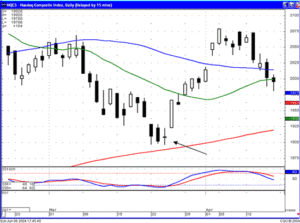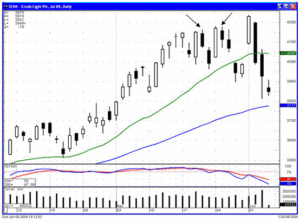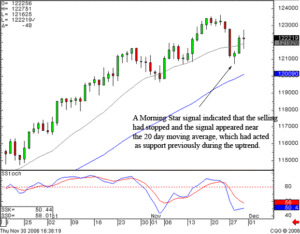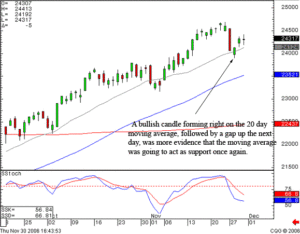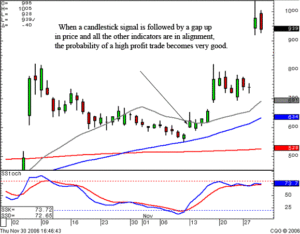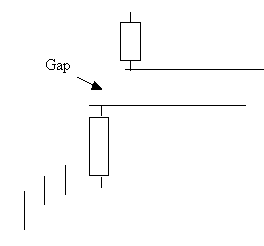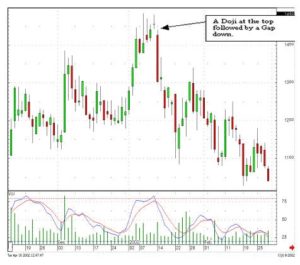It is always nice when someone gives you something for nothing, an extra doughnut at the bakery or that tool you need. Other people want to give you something for free as well; an education paper trading options. Paper trading options is a process in which you can simulate the real decision-making process of options trading without committing real money.
You approach paper trading options the same as you would a real trade in the stock market, taking into account everything you would consider if you were making a real investment, and implementing your positions on the computer. By analyzing how your theoretical investments perform you can evaluate whether your stock trading plan and your technical analysis tools are working without the pressures of possible financial loss.
Why Paper Trading Options Is A Good Idea
Paper trading options gives you the opportunity to practice and learn without the financial danger of real losses. You can fine-tune your stock trading system, test it and improve your investment philosophy in theory before going live. You can learn stock market terms, techniques and practices without pressure.
It is also easier for you to test your trading rules in a simulated trading environment than in the real market. When you have actual money at stake, emotional reactions such as greed and fear can sometimes affect sound judgment. If you can resist those feelings and follow your stock investing system , your paper trading options approach, and later your live options trading, will be much more successful.
A Little Explanation of Options
Options trading is different from typical investing in the stock market or bonds since you don’t actually own anything. In options trading, A stock option is not a physical thing like holding shares in a company. Instead it is a contract between two parties. When you own stock you actually own part of a company. An option is an agreement, or contract, where one party agrees to deliver something to another party within a specific time period and for a specific price.
This distinction is important because with options you are not borrowing anything. For example, in the case of stock, you must first borrow the stock if you are selling short; with options there is nothing to borrow so you can short options without the worry of borrowing first. Options are popular because they can help you leverage your positions, meaning that you don’t move on a few shares but hundreds or thousands. Instead of buying a stock outright, you can enter into an options contract which can be much cheaper but have the same, or even better, returns.
The Profit Potential of Options Trading
With options trading, you have the best of both worlds; limiting your risk and at the same time leaving you open to make unlimited profit if the market rallies. It is important to say that not all stock option trading strategies have the same payoff benefit. Only if you are buying options can you limit your risk. For option sellers, this is the reverse since they have unlimited risk with limited profit potential. While this sounds dangerous, once you understand the options available to you and how to use them, you can limit even the unlimited risk when you sell strangle.
Getting Started Paper Trading Options
There are a large number of companies on the Internet that offer free options paper trading; a simple search will give you more choices that you can imagine. These companies offer this service in hopes that after you get comfortable paper trading options, you will open a commodity account with them. In the meantime, once you have registered simply follow the directions of the stock market investing software and you are ready to begin.
What You Might Notice
If you try to implement positions before you understand options trading, you will probably be surprised; options trading has a different set of terminology, different strategies and even the trading software will probably be confusing. So before you try to begin giving yourself an option trading education; learn the terms, learn the techniques, and learn the stock trading software where you are paper trading options.
Does Paper Trading Options Really Matter?
In and of itself, paper trading options is not crucial; it is merely a simulation of the things required to trade options in the real world. What is important while paper trading options is your mental approach; if you treat this like a game or don’t understand the importance of learning options trading, you should seriously reconsider attempting to trade options. This is a skill and the consequence is losing your money so don’t take paper trading options lightly.
Conclusion
Getting something for free doesn’t happen everyday, especially in the business world. It is time that you put down that free doughnut and take advantage of this unique opportunity and start paper trading options today.

